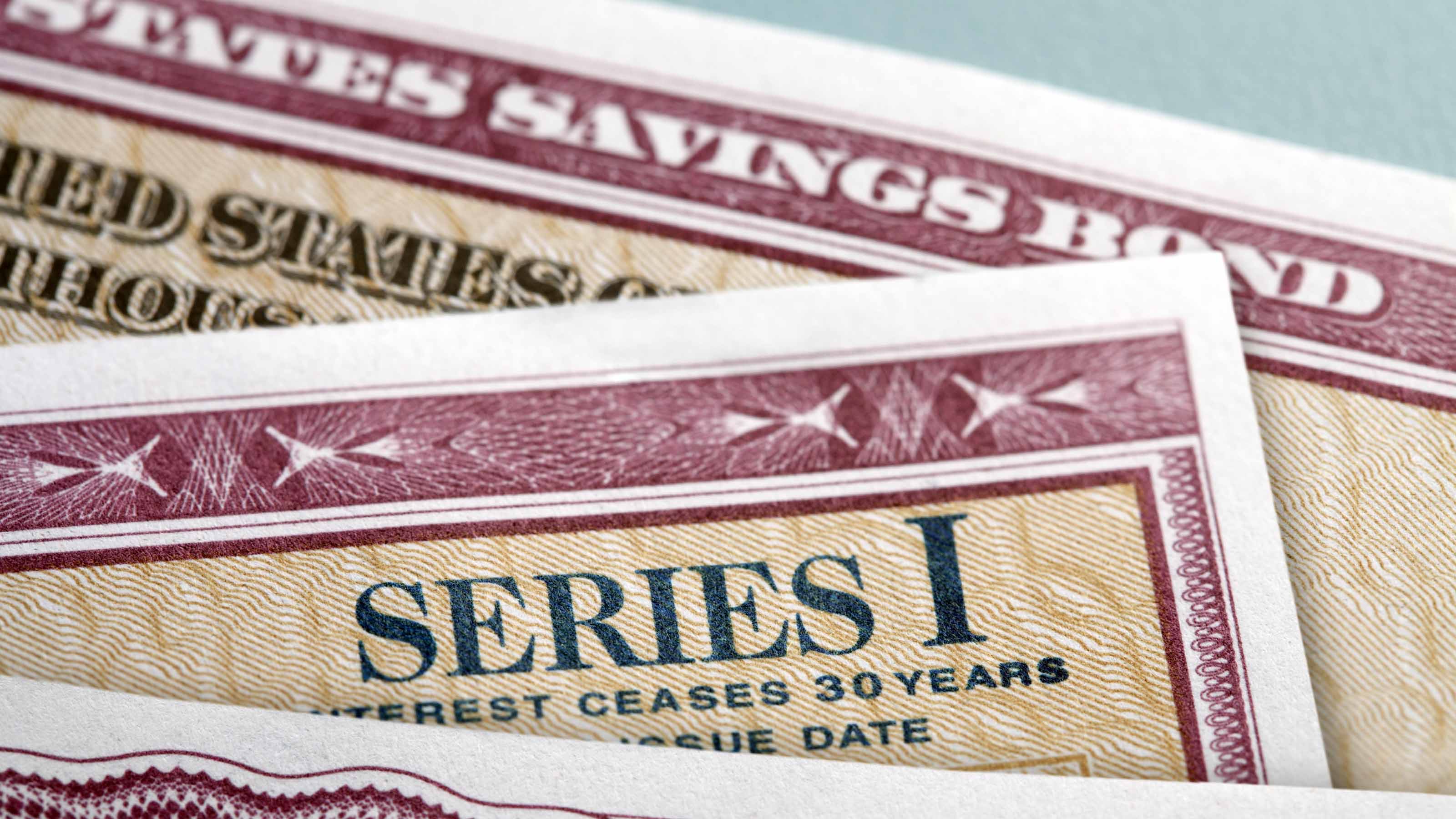Minnesota Tax Guide 2025
Explore Minnesota's 2025 state tax rates for income, sales, property, retirement, and more. Learn how Minnesota compares nationwide.


Gabriella Cruz-Martínez
Minnesota State Tax: Overview
Minnesota has a progressive tax system, and has enacted recent policy changes that benefit low- to moderate-income households.
Under a progressive tax policy, low-income families are taxed at a lower rate than higher-income households.
Nationally, only six states plus the District of Columbia reserve the lowest overall tax rates for low-income taxpayers. Minnesota’s tiered income tax rates, and tax structure reduces inequality across some groups, according to the Institute on Taxation and Economic Policy (ITEP).
From just $107.88 $24.99 for Kiplinger Personal Finance
Become a smarter, better informed investor. Subscribe from just $107.88 $24.99, plus get up to 4 Special Issues

Sign up for Kiplinger’s Free Newsletters
Profit and prosper with the best of expert advice on investing, taxes, retirement, personal finance and more - straight to your e-mail.
Profit and prosper with the best of expert advice - straight to your e-mail.
In recent years, the Gopher State has enacted higher taxes on wealthy residents and corporations, and has provided more tax credits to low-income households.
For example, the state of Minnesota child tax credit is the largest in the country. At the same time, the state has one of the highest capital gains tax rates in the nation and is the only one that imposes a surtax on long-term capital gain income and other net investment income for high earners.
Here’s more of what you need to know about taxes in Minnesota.
[Data for this state tax guide was gathered from several sources including the U.S. Census Bureau, the state’s government website, the Sales Tax Handbook, and the Tax Foundation. Property taxes are cited as a rate percentage rather than the assessed value.]
Minnesota income tax

Minnesota has a graduated state individual income tax rate ranging from 5.35% to 9.85%.
Minnesota retirement taxes
Minnesota income taxes in retirement: Minnesota is one of the states that still tax Social Security. Private and government pension plans are taxable, but Minnesota offers an income tax subtraction for military pensions. Railroad Retirement benefits are tax-exempt in Minnesota.
- Tax on Taxable Income: Low of 5.35% (on up to $31,690 for single filers and $46,330 for joint filers) and a high of 9.85% (on more than $193,240 for single filers and $321,450 for joint filers)
- Social Security: Partially taxable
- Pensions: Taxable (Minnesota allows a deduction for Military retirement pay)
- 401(k) and IRA Distributions: Taxable
Minnesota sales tax

The state sales tax rate in Minnesota is 6.875%, but localities can add as much as 3% on top of the state's rate, according to the Tax Foundation. While Minnesota's sales tax rate is higher than most other states, many necessities are tax-exempt.
- Groceries: Exempt
- Diapers and many feminine hygiene products: Exempt
- Prescription drugs: Exempt
How much are property taxes in Minnesota?

In Minnesota, the average effective property tax rate is 0.99%, and the median property tax bill is $3,000.
Minnesota Property Tax Breaks for Retirees
Property Tax Deferral Program: This program allows people age 65 or older, whose household income is $96,000 or less, to defer a portion of the property tax on their home. Here's how it works:
- The homeowner pays 3% of the household's prior year income.
- The state pays the amount over 3% (deferred tax), which becomes a loan.
- Homeowners will have a lien attached to their property.
- The loan will accrue interest but will not exceed 5%.
(Note: Homeowners may need to meet other criteria to qualify.)
Also, starting January 1, 2025, the maximum homestead property exclusion in Minnesota will increase by $7,600 to $38,000. It applies to homesteads valued at $95,000 or less; the exclusion is 40% of the property's market value.
Minnesota gas tax

Gasoline | $0.29 per gallon |
Diesel | $0.29 per gallon |
Source: Sales Tax Handbook
Minnesota taxes on alcohol and tobacco
Product | Tax Amount |
|---|---|
Cigarettes | $3.00 per pack of 20 |
Other tobacco products | 95% of wholesale |
Medical marijuana | 0.00% |
Source: Sales Tax Handbook
Product | Tax Amount |
|---|---|
Beer | $0.30 per gallon |
Wine | $0.15 per gallon |
Liquor | $5.03 per gallon |
Source: Sales Tax Handbook
Minnesota estate and inheritance taxes
Minnesota doesn’t have an inheritance tax. However, it does have estate taxes. There is an estate tax exemption of $3 million ($6 million for a married couple), and tax rates range from 13% to 16%.
Related Content
Profit and prosper with the best of Kiplinger's advice on investing, taxes, retirement, personal finance and much more. Delivered daily. Enter your email in the box and click Sign Me Up.

Katelyn has more than 6 years of experience working in tax and finance. While she specialized in tax content while working at Kiplinger from 2023 to 2024, Katelyn has also written for digital publications on topics including insurance, retirement, and financial planning and had financial advice commissioned by national print publications. She believes knowledge is the key to success and enjoys providing content that educates and informs.
- Gabriella Cruz-MartínezTax Writer
-
 December Fed Meeting: Live Updates and Commentary
December Fed Meeting: Live Updates and CommentaryThe December Fed meeting is one of the last key economic events of 2025, with Wall Street closely watching what Chair Powell & Co. will do about interest rates.
-
 This Is Why Investors Shouldn't Romanticize Bitcoin
This Is Why Investors Shouldn't Romanticize BitcoinInvestors should treat bitcoin as the high-risk asset it is. A look at the data indicates a small portfolio allocation for most investors would be the safest.
-
 I'm a Federal Benefits Pro: I Answer These 2 Questions a Lot
I'm a Federal Benefits Pro: I Answer These 2 Questions a LotMany federal employees ask about rolling a TSP into an IRA and parsing options for survivor benefits, both especially critical topics.
-
 Are You Middle-Class? Here's the Most Tax-Friendly State for Your Family
Are You Middle-Class? Here's the Most Tax-Friendly State for Your FamilyTax Tips We found the state with no income tax, low property tax bills, and exemptions on groceries and medicine.
-
 Social Security Benefits Quiz : Do You Know the IRS Tax Rules?
Social Security Benefits Quiz : Do You Know the IRS Tax Rules?Quiz Social Security benefits often come with confusing IRS tax rules that can trip up financially savvy retirees and near-retirees.
-
 How Are I Bonds Taxed? 8 Common Situations to Know
How Are I Bonds Taxed? 8 Common Situations to KnowBonds Series I U.S. savings bonds are a popular investment, but the federal income tax consequences are anything but straightforward.
-
 Capital Gains Tax Quiz: How Well Do You Really Know IRS Investment Tax Rules?
Capital Gains Tax Quiz: How Well Do You Really Know IRS Investment Tax Rules?Quiz Take our capital gains tax quiz to test your investment taxes knowledge. Learn about loss rules, holding periods, and tax incentives that could impact your savings.
-
 6 Tax Reasons to Convert Your IRA to a Roth (and When You Shouldn't)
6 Tax Reasons to Convert Your IRA to a Roth (and When You Shouldn't)Retirement Taxes Here’s how converting your traditional retirement account to a Roth IRA can boost your nest egg — but avoid these costly scenarios.
-
 Could Tax Savings Make a 50-Year Mortgage Worth It?
Could Tax Savings Make a 50-Year Mortgage Worth It?Buying a Home The 50-year mortgage proposal by Trump aims to address the housing affordability crisis with lower monthly mortgage payments. But what does that mean for your taxes?
-
 3 Ways High-Income Earners Can Maximize Their Charitable Donations in 2025
3 Ways High-Income Earners Can Maximize Their Charitable Donations in 2025Tax Deductions New charitable giving tax rules will soon lower your deduction for donations to charity — here’s what you should do now.
-
 An HSA Sounds Great for Taxes: Here’s Why It Might Not Be Right for You
An HSA Sounds Great for Taxes: Here’s Why It Might Not Be Right for YouHealth Savings Even with the promise of ‘triple tax benefits,’ a health savings account might not be the best health plan option for everyone.